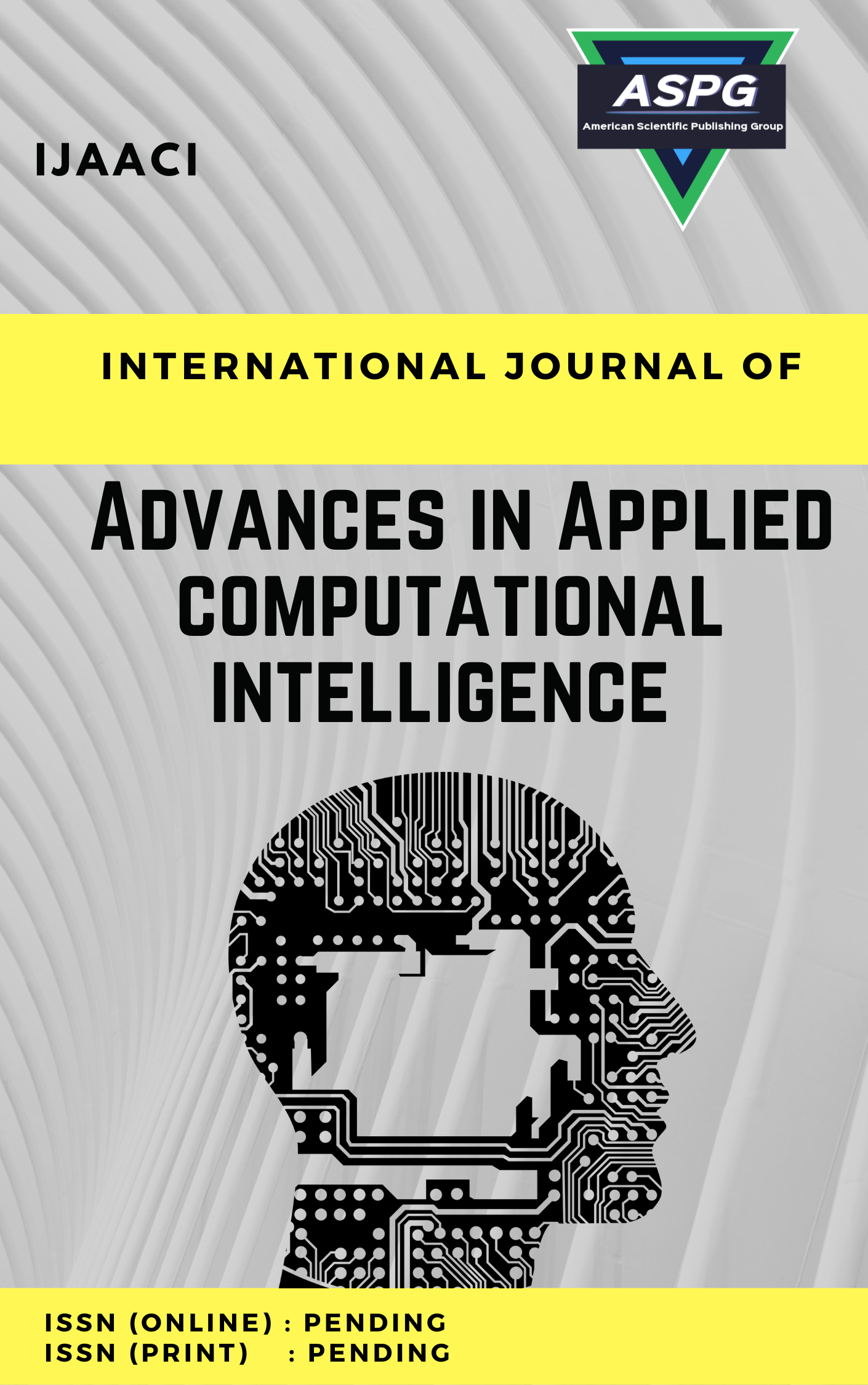

Volume 3 , Issue 1 , PP: 27-40, 2023 | Cite this article as | XML | Html | PDF | Full Length Article
Shimaa S. Mohamed 1 * , Ahmed Abdel-Monem 2
Doi: https://doi.org/10.54216/IJAACI.030103
Reasons for Human Error, the term "risk" is used to describe the many potential causes of human mistakes. Capabilities, organizational culture, job complexity, and environmental variables are just a few of the many aspects that fall under this category. Accidents, improvements in safety, and gains in productivity may all benefit from a better understanding of and approach to minimizing human error. This paper highlights the necessity for comprehensive methods and actions to limit the effect of human error by providing an overview of the primary human error components and their implications for risk management. Due to various criteria, the concept of multi-criteria decision-making (MCDM) is used to deal with various criteria. This paper used the MCDM tools to rank and evaluate the risks of human error factors. The DEMATEL method is a MCDM tool is used to compute the weights of these factors and rank the risks. The DEMATEL method is integrated with the neutrosophic set to deal with uncertain information. This paper used the single-valued neutrosophic set with three values (truth, indeterminacy, and falsity) values. The twenty risks are identified in this paper and ranked.
Uncertainty , Human Errors Factors (HEFs) , Evaluation , MCDM , Neutrosophic Set.
[1] L. Adelfio, A. Giallanza, and R. Micale, “A MCDM-based methodology to evaluate the mutual influence among performance shaping factors,” ... SUMMER Sch. Fr. TURCO. Proc., pp. 1–6, 2022.
[2] P. Rezakhani, “Fuzzy MCDM model for risk factor selection in construction projects,” Eng. J., vol. 16, no. 5, pp. 79–94, 2012.
[3] C. M. La Fata, A. Giallanza, L. Adelfio, R. Micale, and G. La Scalia, “Human Factor Interrelationships to Improve Worker Reliability: Implementation of MCDM in the Agri-Food Sector,” Electronics, vol. 12, no. 2, p. 283, 2023.
[4] Ü. Özdemir, İ. Altinpinar, and F. B. Demirel, “A MCDM approach with fuzzy AHP method for occupational accidents on board,” TransNav Int. J. Mar. Navig. Saf. Sea Transp., vol. 12, no. 1, pp. 93–98, 2018.
[5] T. B. Sheridan, “Risk, human error, and system resilience: fundamental ideas,” Hum. Factors, vol. 50, no. 3, pp. 418–426, 2008.
[6] S. Shappell, C. Detwiler, K. Holcomb, C. Hackworth, A. Boquet, and D. A. Wiegmann, “Human error and commercial aviation accidents: an analysis using the human factors analysis and classification system,” in Human error in aviation, Routledge, 2017, pp. 73–88.
[7] A. Noroozi, N. Khakzad, F. Khan, S. MacKinnon, and R. Abbassi, “The role of human error in risk analysis: Application to pre-and post-maintenance procedures of process facilities,” Reliab. Eng. Syst. Saf., vol. 119, pp. 251–258, 2013.
[8] Q. Zheng, X. Liu, and W. Wang, “A consensus model-based risk matrix for human error factors risk analysis in medical devices by considering risk acceptability,” Reliab. Eng. Syst. Saf., p. 109446, 2023.
[9] J. M. Myszewski, “Mathematical model of the occurrence of human error in manufacturing processes,” Qual. Reliab. Eng. Int., vol. 26, no. 8, pp. 845–851, 2010.
[10] H. S. Blackman, D. I. Gertman, and R. L. Boring, “Human error quantification using performance shaping factors in the SPAR-H method,” in Proceedings of the human factors and ergonomics society annual meeting, SAGE Publications Sage CA: Los Angeles, CA, 2008, pp. 1733–1737.
[11] A. Bleetman, S. Sanusi, T. Dale, and S. Brace, “Human factors and error prevention in emergency medicine,” Emerg. Med. J., vol. 29, no. 5, pp. 389–393, 2012.
[12] A. T. Miranda, “Understanding human error in naval aviation mishaps,” Hum. Factors, vol. 60, no. 6, pp. 763–777, 2018.
[13] C. M. La Fata, L. Adelfio, R. Micale, and G. La Scalia, “Human error contribution to accidents in the manufacturing sector: A structured approach to evaluate the interdependence among performance shaping factors,” Saf. Sci., vol. 161, p. 106067, 2023.
[14] S. Boral and S. Chakraborty, “Failure analysis of CNC machines due to human errors: An integrated IT2F-MCDM-based FMEA approach,” Eng. Fail. Anal., vol. 130, p. 105768, 2021.
[15] A. Awang, A. T. A. Ghani, L. Abdullah, and M. F. Ahmad, “A DEMATEL method with single valued neutrosophic set (SVNS) in identifying the key contribution factors of Setiu Wetland’s coastal erosion,” in AIP Conference Proceedings, AIP Publishing, 2018.
[16] A. Abdelhafeez, H. K. Mohamed, and N. A. Khalil, “Rank and Analysis Several Solutions of Healthcare Waste to Achieve Cost Effectiveness and Sustainability Using Neutrosophic MCDM Model,” Neutrosophic Systems with Applications, vol. 2, pp. 25–37, 2023.
[17] W. Yang and Y. Pang, “New multiple attribute decision making method based on DEMATEL and TOPSIS for multi-valued interval neutrosophic sets,” Symmetry (Basel)., vol. 10, no. 4, p. 115, 2018.
[18] Z.-P. Tian, J.-Q. Wang, and H.-Y. Zhang, “Hybrid single-valued neutrosophic MCGDM with QFD for market segment evaluation and selection,” J. Intell. Fuzzy Syst., vol. 34, no. 1, pp. 177–187, 2018.
[19] I. Mamites et al., “Factors Influencing Teaching Quality in Universities: Analyzing Causal Relationships Based on Neutrosophic DEMATEL,” Educ. Res. Int., vol. 2022, 2022.
[20] L. Abdullah, Z. Ong, and S. Mohd Mahali, “Single-valued neutrosophic DEMATEL for segregating types of criteria: a case of subcontractors’ selection,” J. Math., vol. 2021, pp. 1–12, 2021.
[21] R. Sundareswaran et al., “Assessment of structural cracks in buildings using single-valued neutrosophic DEMATEL model,” Mater. Today Proc., vol. 65, pp. 1078–1085, 2022.
[22] F. Liu, G. Aiwu, V. Lukovac, and M. Vukic, “A multicriteria model for the selection of the transport service provider: A single valued neutrosophic DEMATEL multicriteria model,” Decis. Mak. Appl. Manag. Eng., vol. 1, no. 2, pp. 121–130, 2018.